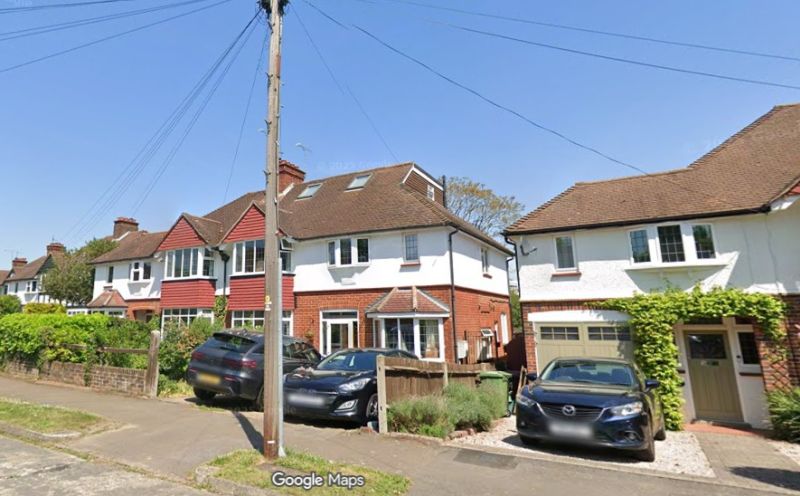Music of mass creation in Epsom
Two mass settings in the same concert – too much of the same thing or the starting point for a creative programme of music?
During his time as music director of Epsom Chamber Choir, Jack Apperley has demonstrated a flair for devising intriguing programmes, whose themes emerge as you listen and learn about the music, revealing fascinating links that stitch the pieces together in interesting and often surprising ways.
In Saturday evening’s concert at St Martin’s Church in Epsom, we were invited to compare and contrast the mass settings of two composers, Stravinsky and Bruckner – the same liturgical texts but different musical language; the same instrumental forces but different ways of using timbres of woodwind and brass to accompany the choral textures. More on these pieces later but, linking them to the present, Peter Burton, a member of Epsom Chamber Choir, deliberately used the same forces in his setting of words from Psalm 19, “The heavens declare the glory of God”, which opened the concert. Peter captured the essence of the Psalmists’ words in music which expressed awe and wonder through a series of luminous chords before growing to a soaring climax.
The influence of Mozart then emerged as one of the programme’s themes in the next piece, Jonathan Dove’s Movements from Figures in the Garden. Commissioned by Glyndebourne for their 1991 Mozart bicentenary celebrations, this wind serenade was designed to be played outdoors before a performance of The Marriage of Figaro. Each movement subtly weaves snippets of arias, recitatives and musical phrases from the opera into more abstract musical textures, causing a ripple of amusement at moments of recognition amongst both the players (Chameleon Arts Wind Ensemble) and audience.
We then learned from Jack’s introduction that Stravinsky had spent much time listening to Mozart’s Missa Brevis during the period 1944 – 1948, when he was writing his mass setting. It is not easy to tell what effect this may have had on him but we can certainly hear the influence of Stravinsky’s Russian Orthodox faith in the syllabic setting of much of the text, especially in the Credo. The choir’s excellent clear diction made this particularly effective. The final a cappella ‘Amen’, sung with great beauty and stillness, brought a peaceful sense of calm to the close of the first half of the concert.
The second half took us from Stravinsky’s rather austere neo-classical style to the more lush, romantic sound world of Bruckner and the choir embraced this shift with delight. There was a good sense of ensemble and balance between the players and singers and a palpable sensitivity to the text. Particularly beautiful were the close harmony exchanges between a cappella female then male voices in the Qui tollis and Benedictus passages, where intonation and balance between the voices was flawless. Other highlights were the radiant beauty of the Crucifixus and the perfectly executed suspensions at ‘miserere’ in the Agnus Dei.
Two mass settings framing a varied musical menu and subtly woven themes: this was a creative programme that both challenged and delighted. I’m looking forward to the next one!
Carolyn Boulding














